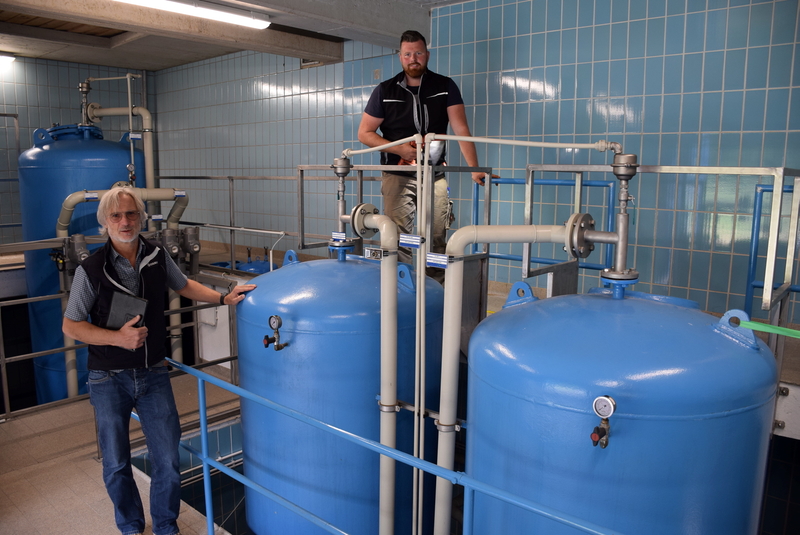
Since time immemorial, humans have termed arsenic as lethal. From its use as a toxic substance in ancient days to its use as one of the ingredients in herbicides and pesticides these days, arsenic holds a lethal connotation. Then it comes as no surprise that water contaminated with water is a serious issue, and it is your responsibility to know how to remove arsenic from water so as to address the problem.
What is Arsenic?
Arsenic is simply a semi-metal element. Usually, it is tasteless and odorless and enters drinking water sources from industrial/agricultural practices or natural deposits. For instance, pesticides can settle and leach into groundwater nearby.
Effects of Arsenic in the Water
Exposure to this semi-metal element at a high level poses severe health effects since it is popularly known as a cancer-causing or human carcinogen agent. It has been reported, too, that arsenic can affect the human vascular system and is associated with diabetes development.
Observable symptoms related to arsenic poisoning include stomach pain, blindness, partial paralysis, feet/hands, numbness, diarrhea, vomiting, nausea, and skin discoloration/thickening.
Well, water in some regions in the US can exceed EPA’s (Environmental Protection Agency’s) standards for water contaminated with arsenic. Your State’s Geological Survey Office or Department of Natural Resources should inform you whether your region is susceptible to high levels of arsenic.
Likewise, well water in different areas in Canada is infected with high levels of arsenic, which exceeds the health guidelines of the country. The local health authorities will help you know whether arsenic is common within your region.
Removing Arsenic from Water
There are several ways you can use to get rid of arsenic water. Some of the ways that withstand the test of time include the following:
1. Coagulation-Filtration
This treatment involves using both chemical and physical methods to treat water. It alters colloidal particles or suspended properties, enabling them to bind to form bigger particles for an easy filtration process.
2. Distillation
Distillation involves boiling water and condensing steam back to water. This process helps to get rid of impurities, and that includes arsenic.
3. Iron-Oxide Adsorption
This technology uses granular iron oxide so as to get rid of arsenic. Usually, this media is formed into pellets. These pellets are put in housings or filter vessels, and contaminated water is directed to the media.
4. Activated Alumina
This is an absorbent media made using aluminum oxide. Normally, it has a large surface area-to-weight ratio, enabling it to attach or adsorb arsenic molecules in the water.
5. Reverse Osmosis
It uses pressure to force water via a semi-permeable membrane. The process gets rid of arsenic and other impurities from water.
6. Ion exchange
This water treatment technology uses resin beads to get rid of arsenic from water. These beads are often charged with cations (positive ions)
7. Oxidation through Filtration
This process is similar to coagulation. The only difference is that it is used for well water with a concentration of suspended colloids and solids.
When deciding on the right method to treat water contaminated with arsenic, you must consider several factors. These factors include water quality, your budget, maintenance/installation requirements, etc.